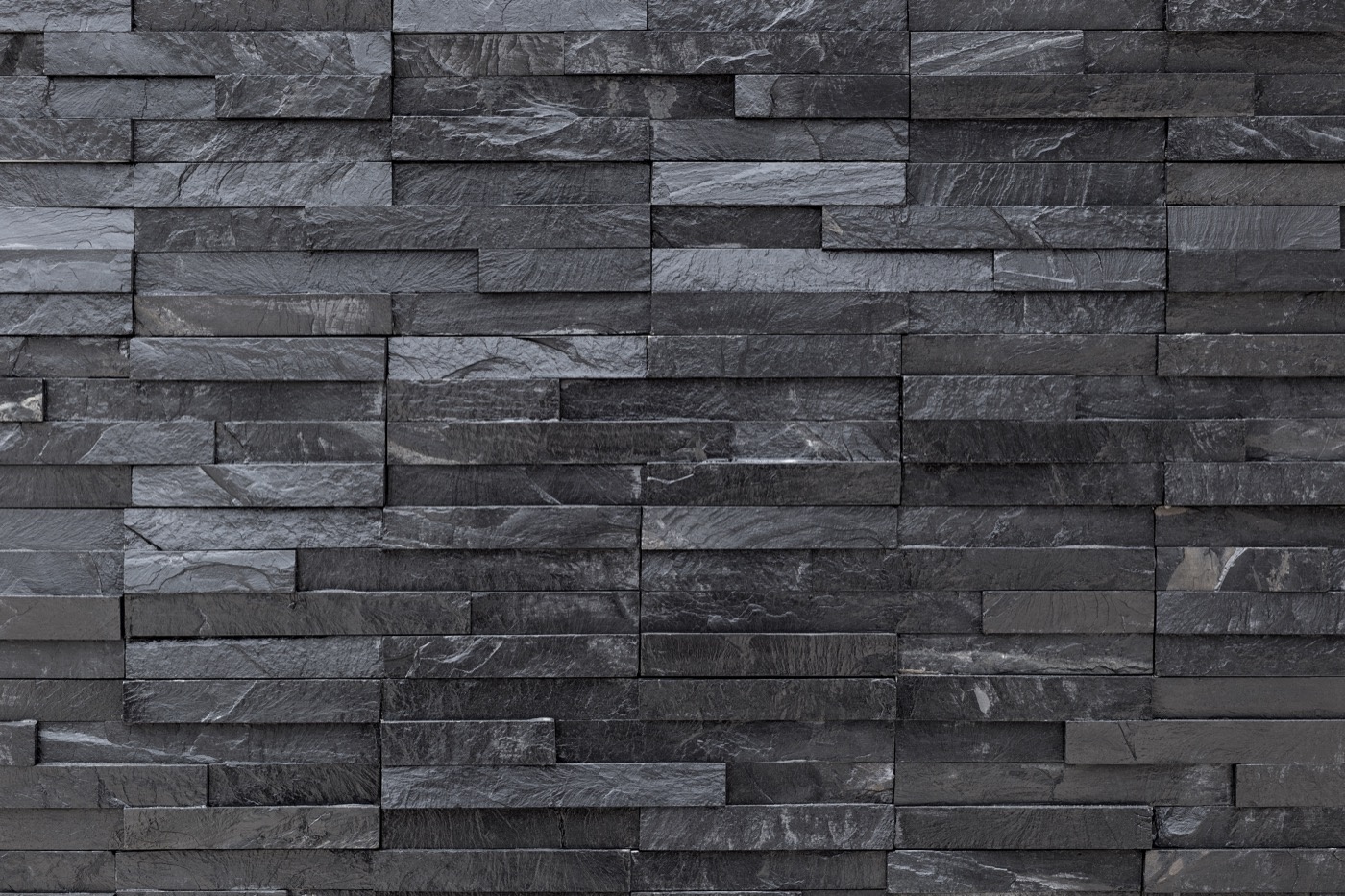
As winter approaches, it's crucial to ensure that your home is ready to face whatever weather comes your way. Preparing your home for the unexpected weather conditions that the colder months bring to Austin can help you avoid potential issues and keep your living space cozy and comfortable. To assist you in this endeavor, we've put together a comprehensive winter home maintenance checklist that covers key areas to focus on.
Inspect and Clean Gutters
Clogged gutters can lead to ice dams, which may cause water damage to your roof and interior. Before winter sets in, make sure to clean out any debris from your gutters and inspect them for damage. Consider installing gutter guards to prevent leaves and other debris from accumulating.
Check Your Heating System
Ensure that your heating system is in optimal condition by scheduling a professional inspection. Clean or replace filters, and if you have a fireplace, have the chimney cleaned and inspected. A well-maintained heating system not only keeps you warm but also operates efficiently, saving you money on energy bills.
Seal Drafts and Insulate
Inspect windows and doors for drafts. Seal any gaps with weatherstripping or caulk to prevent heat loss. Consider adding extra insulation to your attic or walls to improve energy efficiency. This not only keeps your home warmer but also reduces heating costs.
Service Your HVAC System
If you have a central air system, make sure to have it serviced before winter. Change air filters regularly and ensure that vents are unobstructed. A well-maintained HVAC system improves air quality and helps regulate temperature effectively.
Protect Pipes from Freezing
Frozen pipes can lead to costly water damage. Insulate exposed pipes in unheated areas, such as on the exterior of the house the, attic, or crawl spaces. Allow faucets to drip during frigid nights to prevent freezing. Disconnect and store garden hoses, and consider installing frost-free hose bibs.
Winterize Outdoor Spaces
Prepare your outdoor spaces for the winter by storing outdoor furniture, covering your grill, and draining and storing garden hoses. Trim overhanging branches that could potentially damage your home during winter storms.
Test Smoke and Carbon Monoxide Detectors
Safety is paramount, especially during the winter months when the risk of fires and carbon monoxide leaks increases. Test smoke and carbon monoxide detectors, and replace batteries if necessary. Have a fire extinguisher on hand and ensure everyone in your household knows its location and how to use it.
Emergency Kit
Create an emergency kit that includes essentials such as flashlights, batteries, blankets, gallons of water, and non-perishable food items to ensure that you have everything you need in case the power goes out or pipes freeze.



